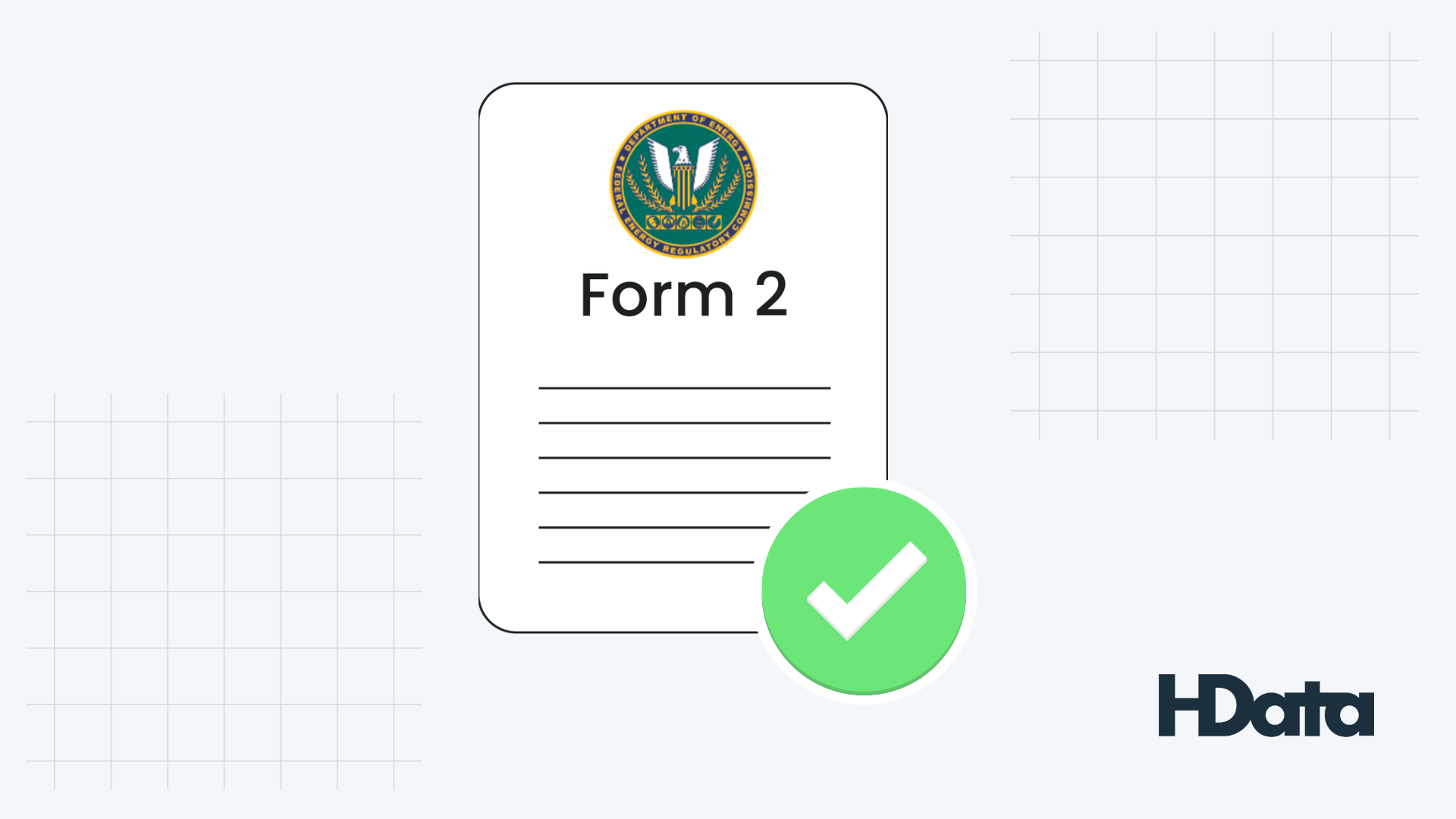Introduction
Data is the lifeblood of our modern economy. The World Bank estimated that in 2020 alone over 3 trillion gigabytes was sent over the internet, and global data is estimated to reach 181 trillion by 2025. Accessing this data is one of the greatest challenges of humanity, let alone understanding how us in the utility world can find the 0.000000015% needle of global data that represents the FERC Forms 1, 2 and 6. These 15,000 gigabytes have been locked in archaic PDFs inaccessible to most of the public until the FERC switched to XBRL, a computing language that created machine readable data from human-readable forms. While the FERC moved into the 21st century, numerous state regulators have not and continue to unwittingly lock data away.
What is XBRL?
XBRL, aka “eXtensible Business Reporting Language,” is an XML-based computing language that standardizes reporting in financial information systems. This transforms human-readable PDFs into machine-readable documents. Entire technologies can be created around these documents to make compliance easier, cheaper, and faster. It also speeds up auditing information and peer-group benchmarking which we’ve been able to provide to our customers at HData thanks to XBRL. Three federal regulators have implemented an XBRL requirement in their compliance: the Federal Deposit Insurance Corporation (FDIC), theSecurities and Exchange Commission (SEC), and the Federal Energy Regulatory Commission (FERC).
SEC’s mixed bag and FDIC’s success story
In order for XBRL to work, these regulators have created taxonomies to organize the data. Taxonomies understood simply are methods of categorizing data via tags/labels within XBRL which are organized based on the schedules of a document. Both the SEC and FERC created taxonomies in this way, but while the SEC created an open taxonomy, the FERC created a closed one. An open taxonomy allows users to create custom tags that may fit under a pre-set category. While this provides flexibility to users, it leads to a problem of “data proliferation” where a large number of unorganized data makes the system unwieldy. This defeats the purpose of machine readability of XBRL when it becomes very difficult to find information across numerous tag names and definitions.
XBRL US, the steward of XBRL, mitigated these problems by creating the Data Quality Committee (DQC) with SEC-regulated filers. The group publishes validation rules that companies follow to ensure data integrity in SEC filings, but it only works if companies follow them. Errors will occur if not followed. The DQC tracks these errors and noted in September of 2020 that 34% of 10-K and 10-Q filings contained validation errors when compared against the committee’s rules.
FERC solved this issue via a closed taxonomy where all tags and categories are set and cannot be changed without approval from the FERC. While less flexible, it is a consistent system that becomes the central source of truth for any tools built on top of the taxonomy. This consistency means it is much easier to hard-encode rules into tools based on reporting standards set by any government or industry regulator. The FDIC implemented this system in 2006 as the first federal regulator to use XBRL and reaped the rewards. According to XBRL US, 95% of data met FDIC validation criteria, 100% of data for mathematical validation met requirements (compared 70% before XBRL), and FDIC staff productivity handling bank data increased between 10% and 33% with agency end users able to gain access to data within an hour instead of days. If history repeats itself, the FERC can look forward to similar success.
Financial Transparency Act
The SEC, FDIC, and FERC are not the only agencies looking forward to XBRL. The Financial Data Transparency Act plans to fix the issues of the SEC and expand on the success of the FDIC by introducing similar requirements across all federal financial regulatory agencies. It received massive bi-partisan support and passed the US House in October of 2021. It was officially introduced to the Senate on May 25th this year, meaning machine readable data is one step closer to becoming law in the United States. However, responsibility of ensuring easy compliance and data accessibility also falls to state energy regulators who arguably are more involved in the daily operations of utilities than agencies like the FERC. Unfortunately, state regulators are severely behind the times.
Next Stop; The States
Current standards from state regulators are disparate and outdated, with some states requiring emailed PDFs, custom submission systems, or even paper copies. This patch-work approach unnecessarily increases compliance costs on companies. State energy regulators should look at what FERC has done with XBRL and replicate its success, or even change reporting requirements so that companies don’t duplicate work and state governments have access to higher quality data.
For example, the Illinois Commerce Commission requires FERC-regulated companies to file a FERC Form along with other requirements, duplicating efforts that companies must do already for the FERC. It makes more sense for state regulators to 1) remove their requirement to file a duplicate form when they can merely access the FERC’s data, 2) amend filings to reflect localized needs that FERC forms can’t cover, and 3) require it only for utilities not regulated by the FERC.
XBRL also makes it easier to collect and disseminate data that regulators and utilities can use for rate case preparation. This means both sides can use the same central source of data truth, and compare that data against FERC-regulated utilities. If states got in on the XBRL game, the data pool would open up for all utilities across the country no matter their regulated status. This removes a barrier to entry for the private sector, rate advocates, and the general public. It also increases the reliability of data that regulators can use for better decision making.
Conclusion
Making sure data is in the right place at the right time is why XBRL exists. More data is created every second in 2022 than what was required to send Apollo 11 to the moon, meaning the technology to organize that data needs to get with the times. XBRL achieves that and is already benefiting utilities and federal energy regulators. State regulators should take note and reflect on how they can implement similar systems for themselves so they can unlock higher quality data, reduce compliance costs, and become more transparent.


